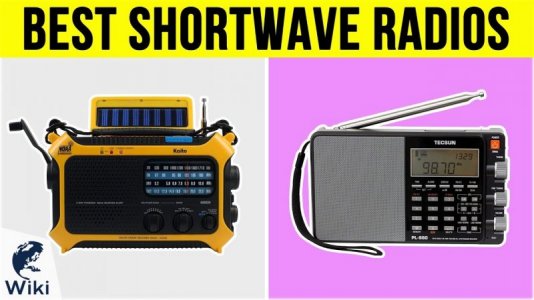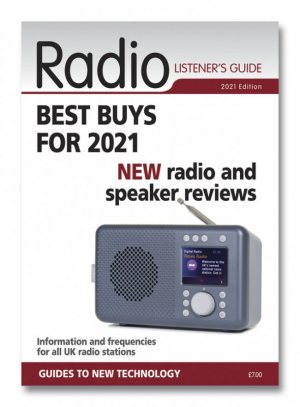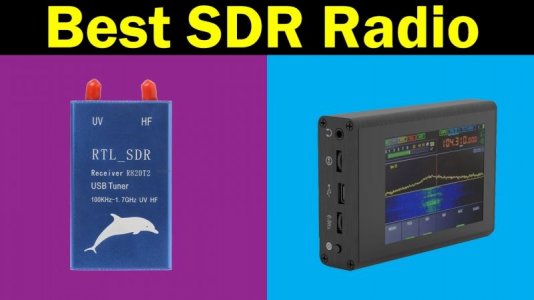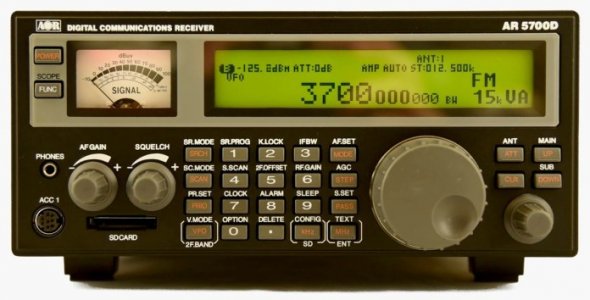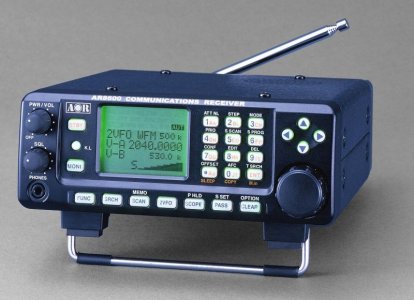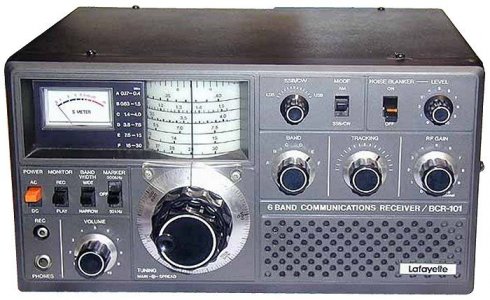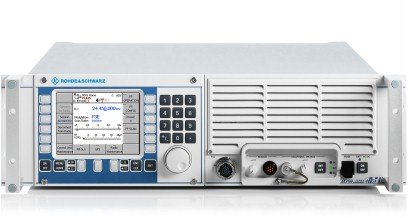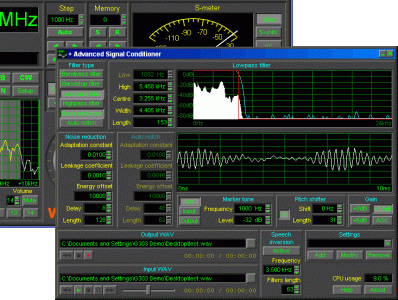Furryanimal
Y gath o Gymru
- Location
- Wales
I was an avid SW listener and still have an SW radio where stations still broadcast.Amazingly.
And I came across this.....
......thanks to Radio Mi Amigo I discovered this...it’s SW on your device
Wide-band WebSDR
On this page you can listen to and control a short-wave receiver located at the amateur radio club ETGD at the University of Twente. In contrast to other web-controlled receivers, this receiver can be tuned by multiple users simultaneously, thanks to the use of Software-Defined Radio.
This site, which in 2008 was the very first WebSDR site ever, was finally reactivated in July 2012 after an interruption of more than 1.5 years; .Use the link below(copy and paste).
websdr.ewi.utwente.nl:8901/?tune=6085am
Using this this morning I have listened to Voice of America and the Voice of Turkey.Fascinating.Use the +++ or —-buttons to move the cursor.Or manually enter a frequency.Use AM lock once listening to a station.
websdr.ewi.utwente.nl:8901/?tune=6085am
And I came across this.....
......thanks to Radio Mi Amigo I discovered this...it’s SW on your device
Wide-band WebSDR
On this page you can listen to and control a short-wave receiver located at the amateur radio club ETGD at the University of Twente. In contrast to other web-controlled receivers, this receiver can be tuned by multiple users simultaneously, thanks to the use of Software-Defined Radio.
This site, which in 2008 was the very first WebSDR site ever, was finally reactivated in July 2012 after an interruption of more than 1.5 years; .Use the link below(copy and paste).
websdr.ewi.utwente.nl:8901/?tune=6085am
Using this this morning I have listened to Voice of America and the Voice of Turkey.Fascinating.Use the +++ or —-buttons to move the cursor.Or manually enter a frequency.Use AM lock once listening to a station.
websdr.ewi.utwente.nl:8901/?tune=6085am



